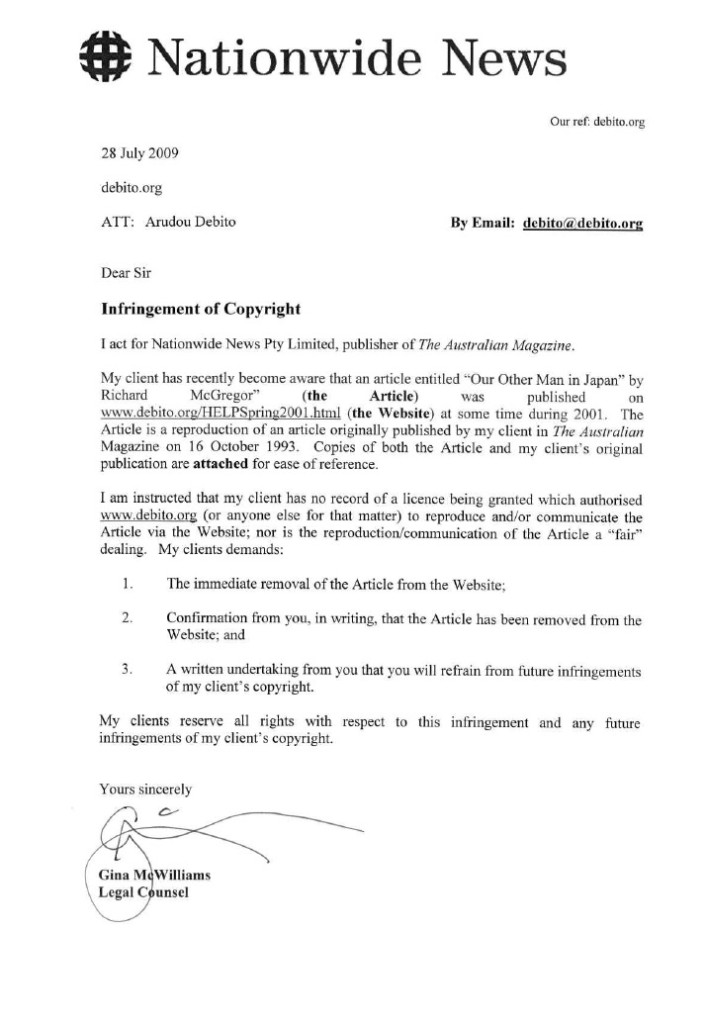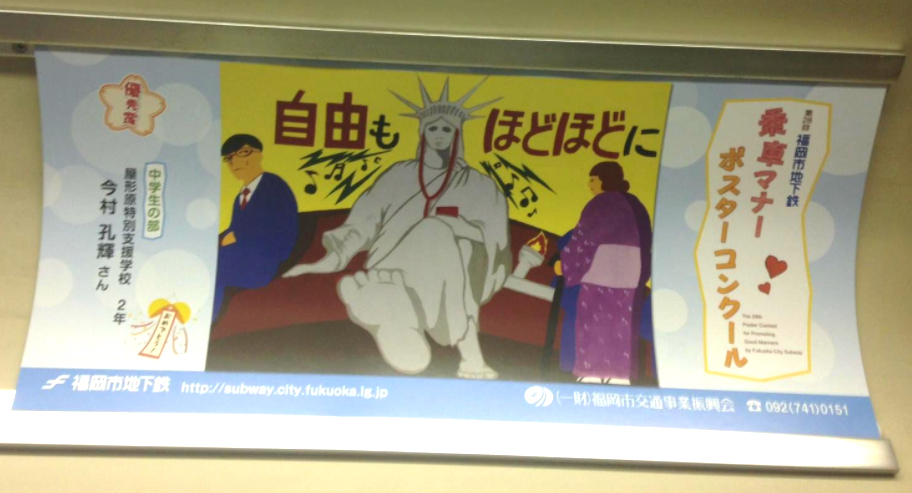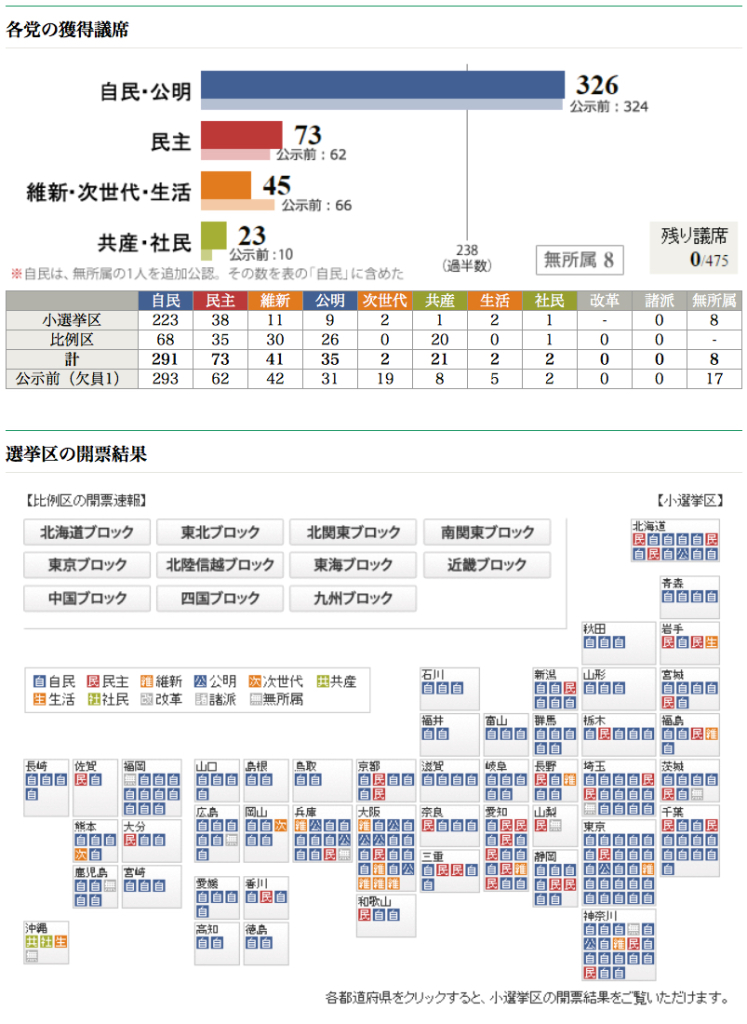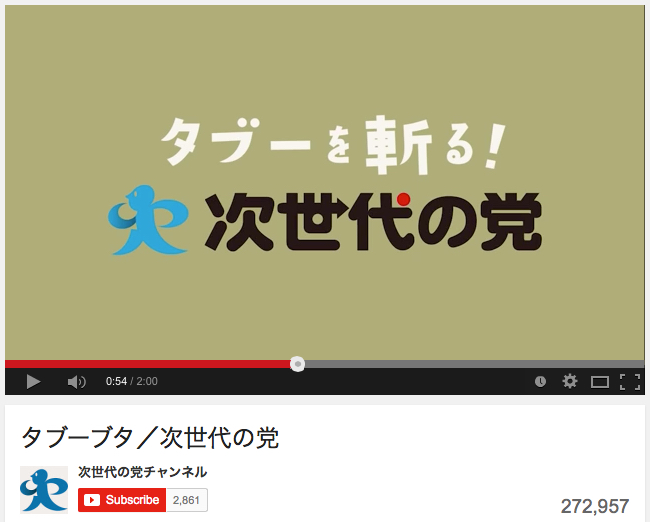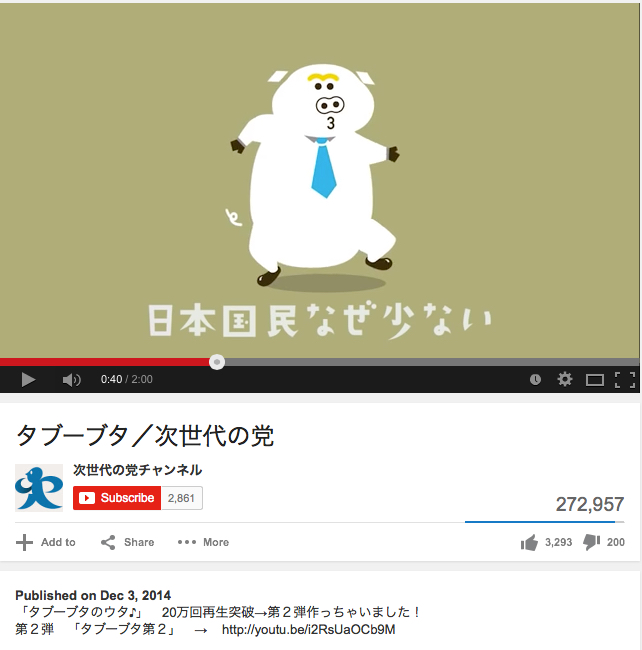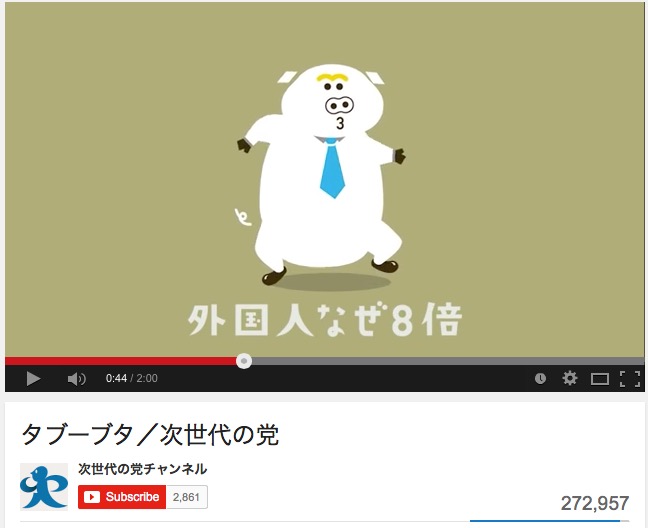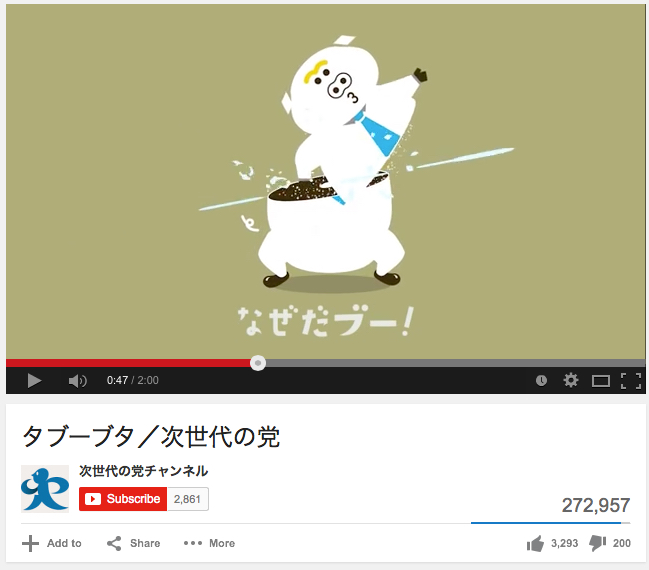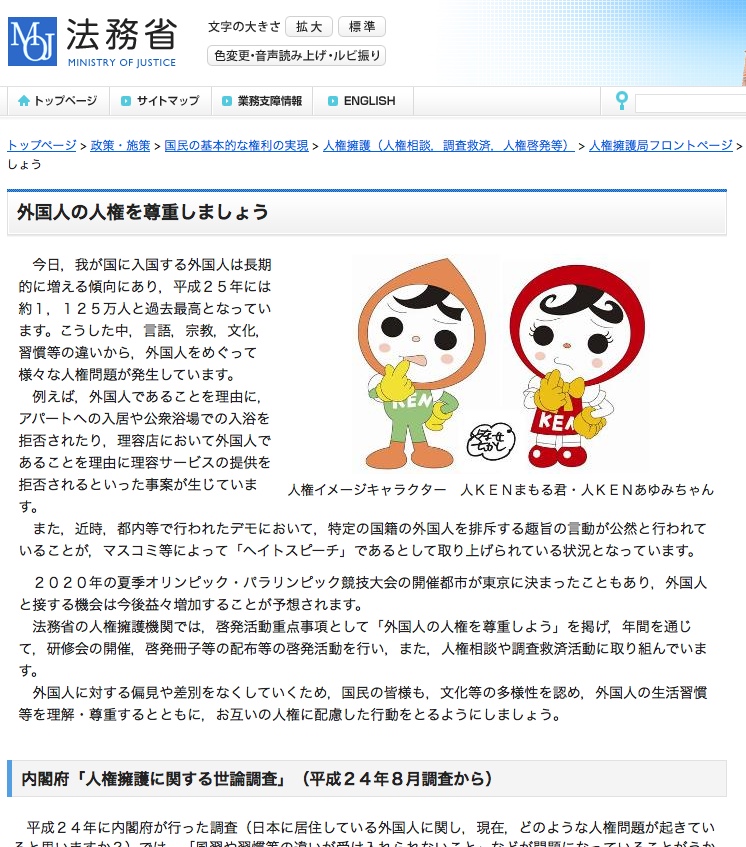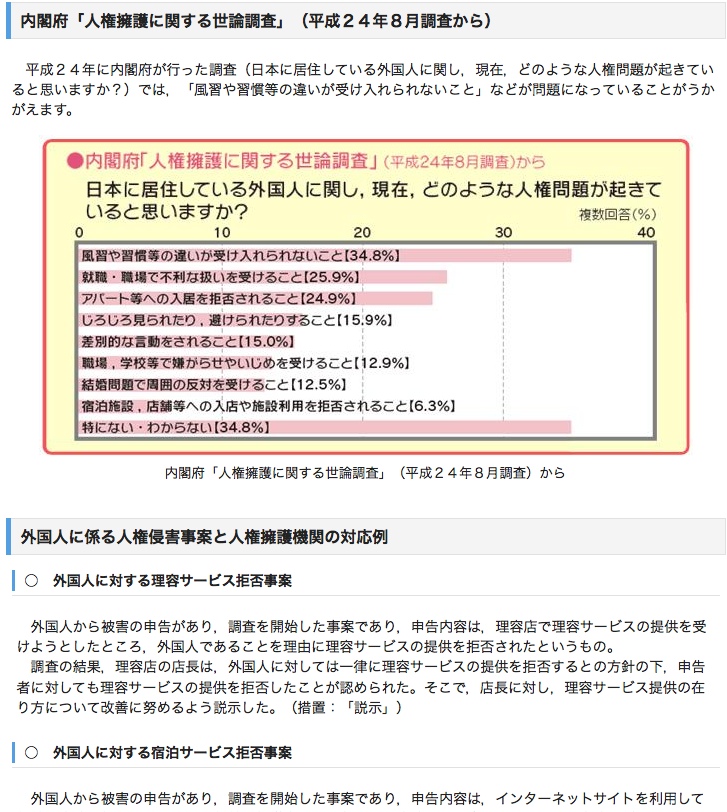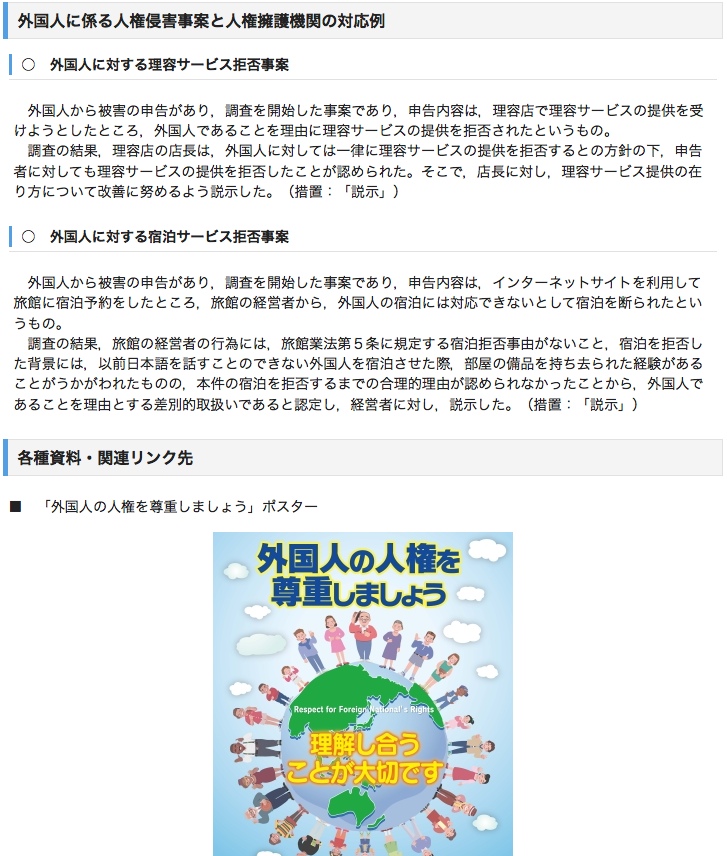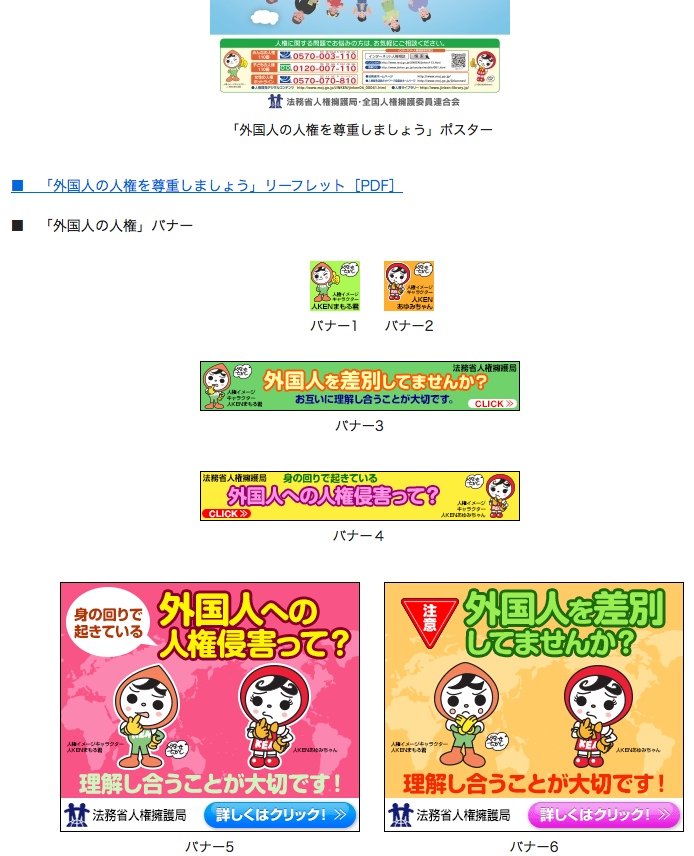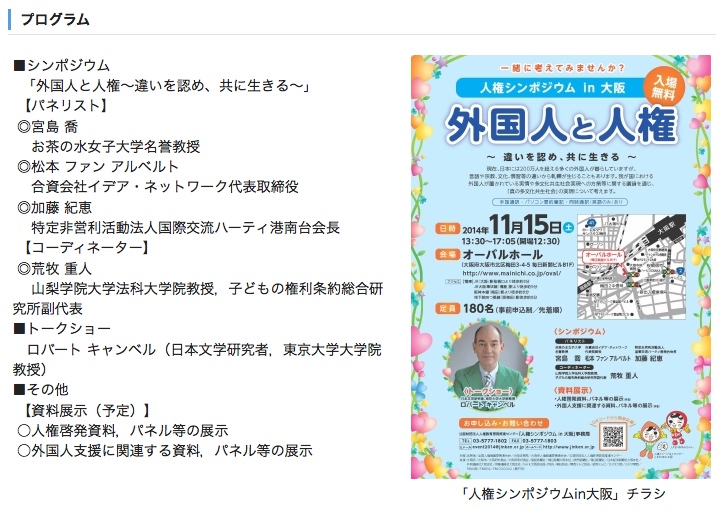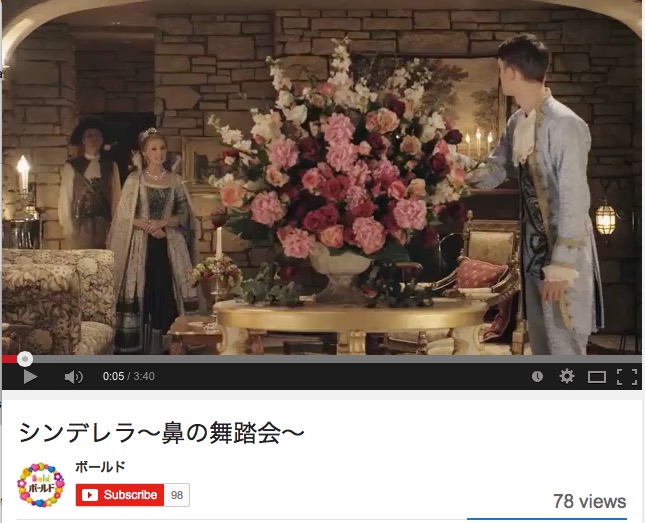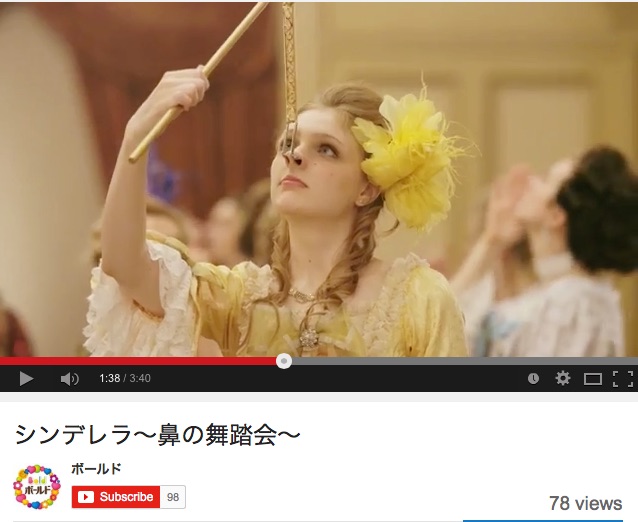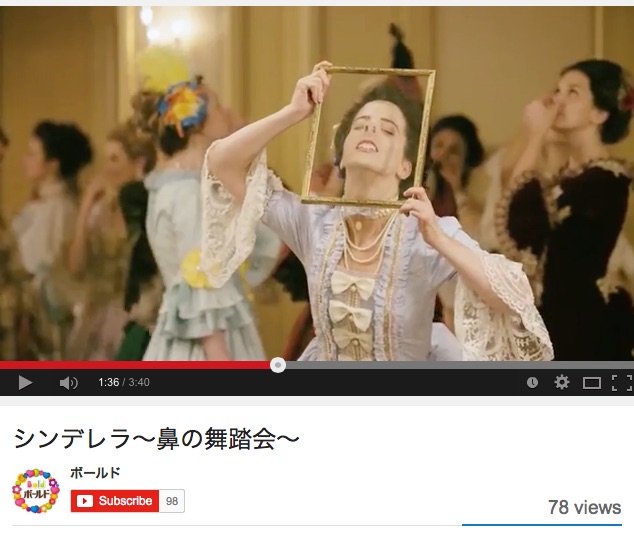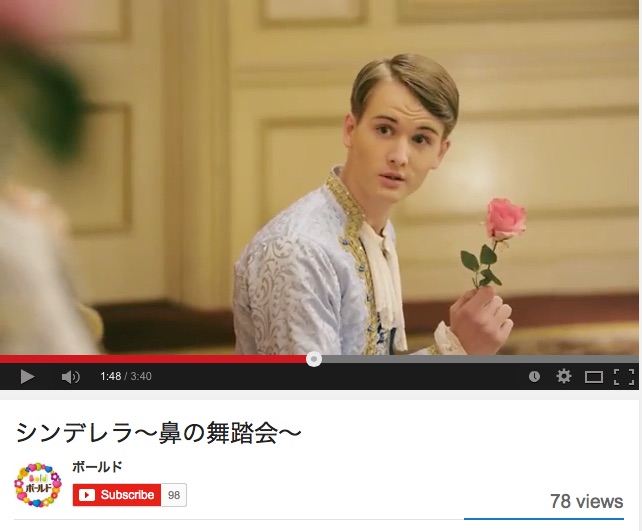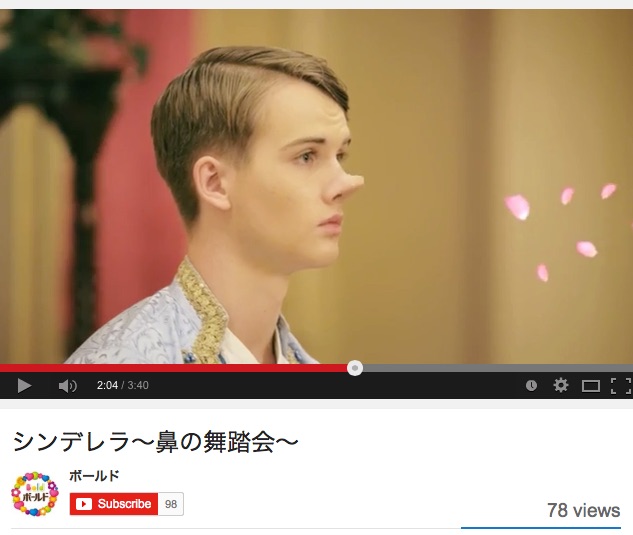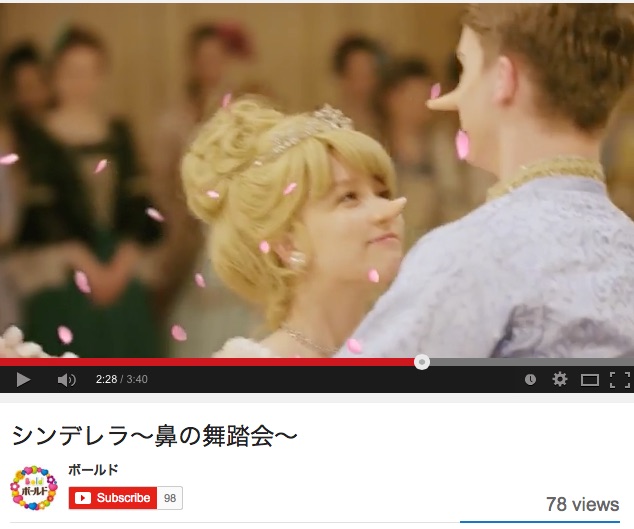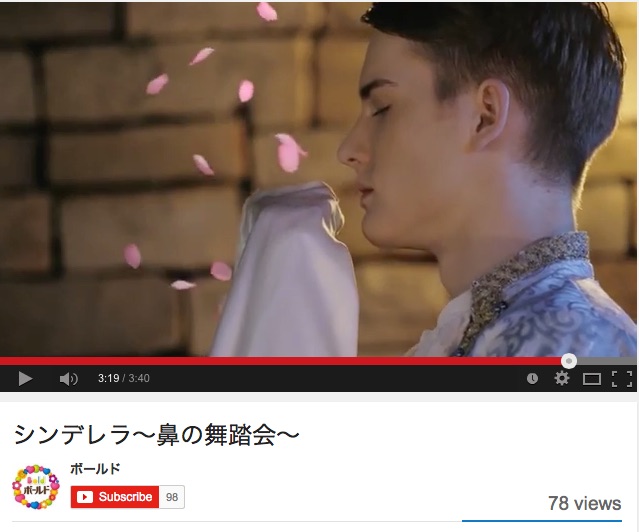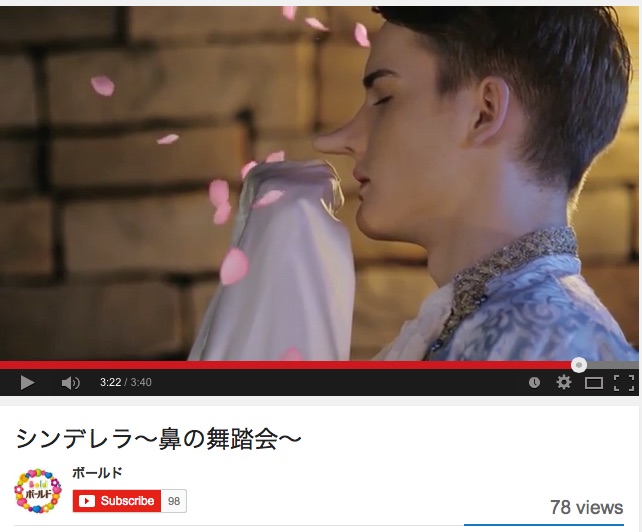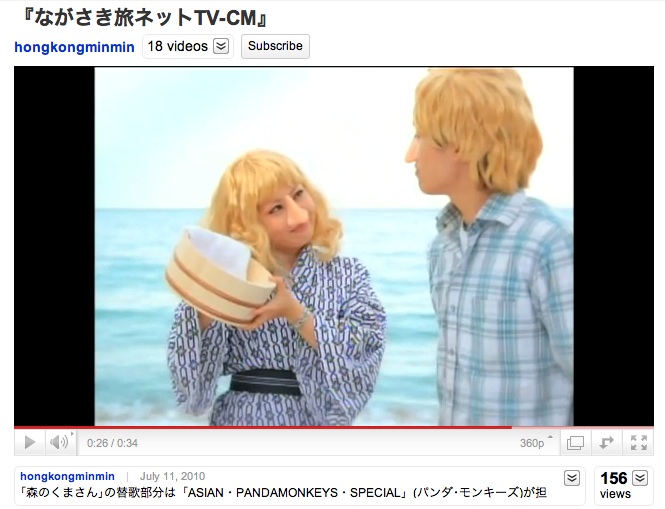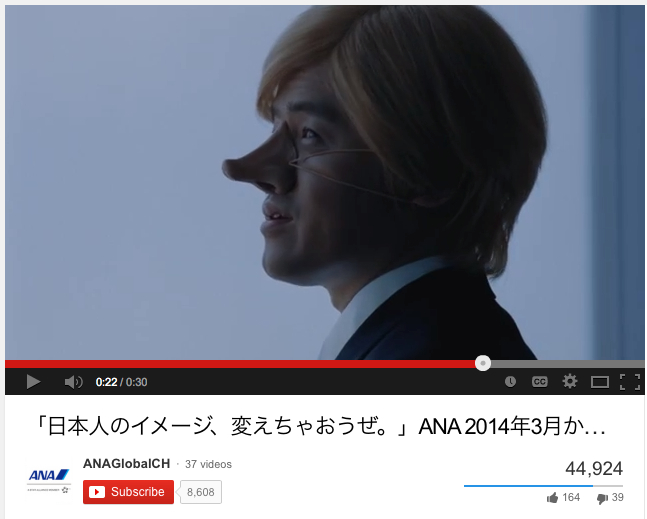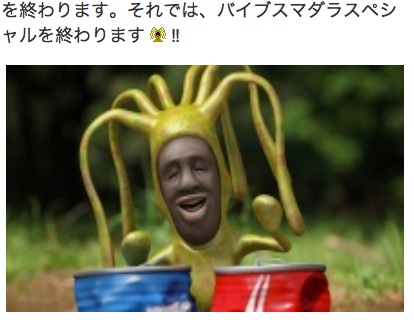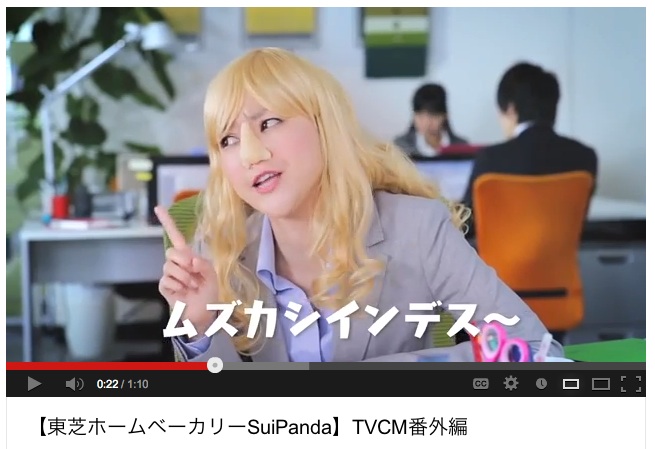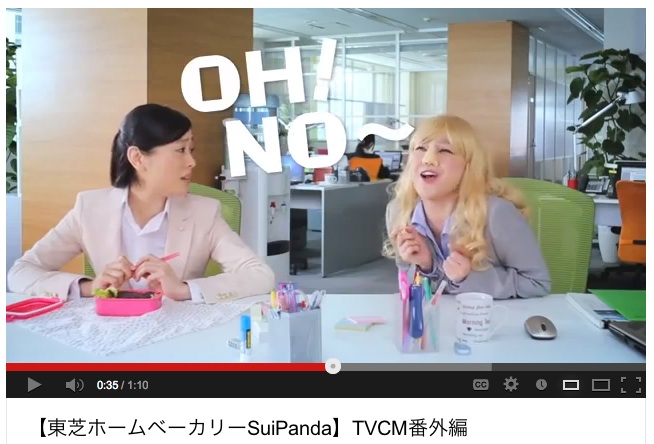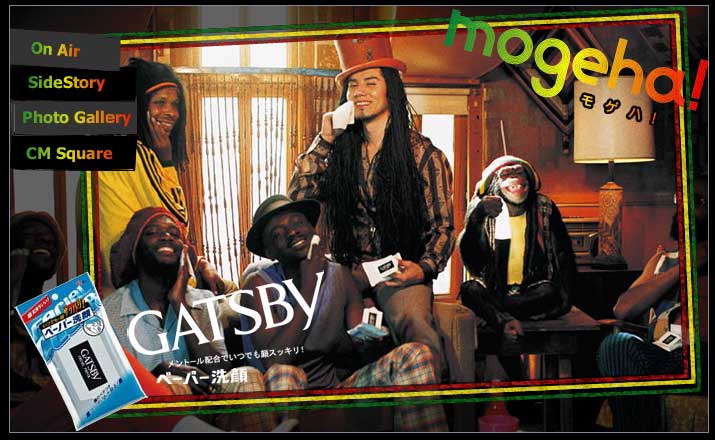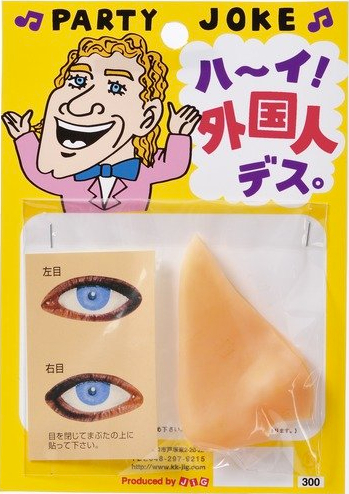mytest
eBooks, Books, and more from Dr. ARUDOU, Debito (click on icon):
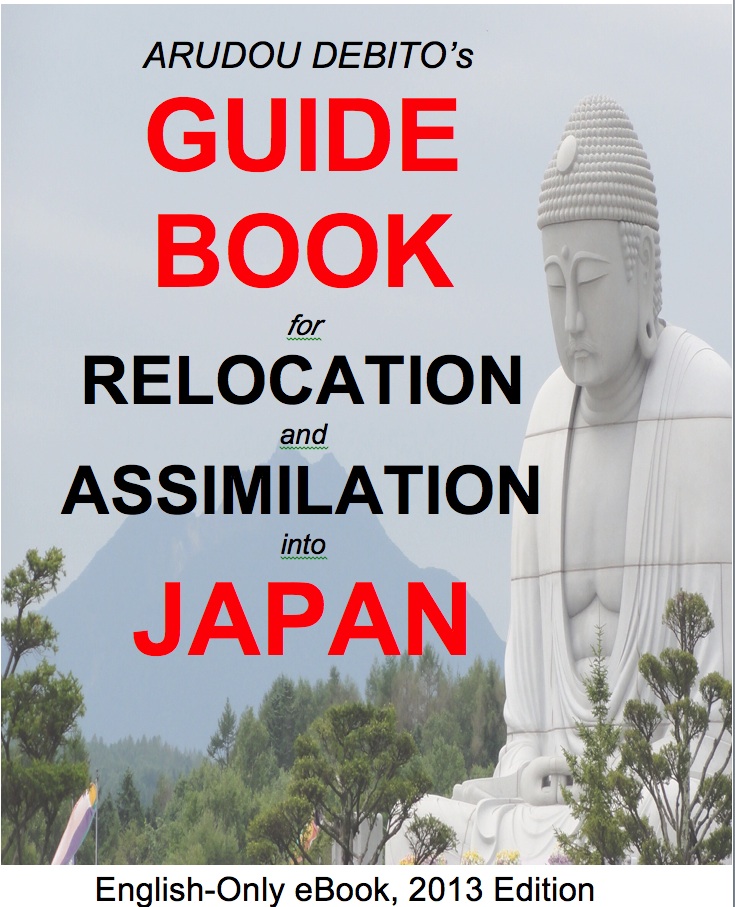
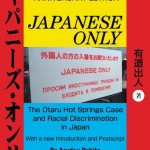
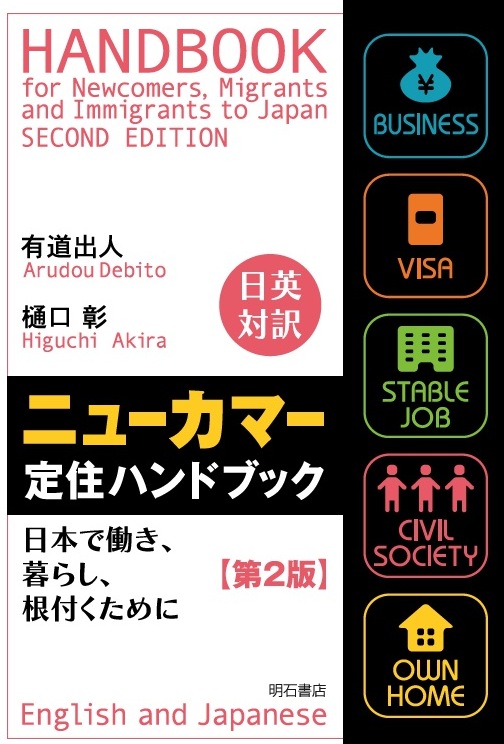
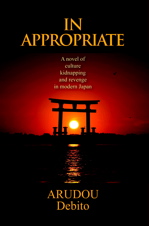

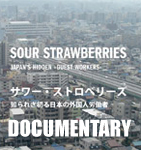


UPDATES ON TWITTER: arudoudebito
DEBITO.ORG PODCASTS on iTunes, subscribe free
“LIKE” US on Facebook at http://www.facebook.com/debitoorg
http://www.facebook.com/handbookimmigrants
https://www.facebook.com/JapaneseOnlyTheBook
https://www.facebook.com/BookInAppropriate
If you like what you read and discuss on Debito.org, please consider helping us stop hackers and defray maintenance costs with a little donation via my webhoster:

All donations go towards website costs only. Thanks for your support!
Hi Blog. I think an interesting exercise in propaganda (which all nation-states indulge in, of course, but with differing degrees of popular acceptance as reality) is Japan’s display at the Expo 2015, currently underway in Milano, Italy. (H/T to Debito.org Reader Max for pointing this out.). It is a useful exercise to parse out the themes, memes, and dialectic within the display, as it is a good example of how Japan officially wants to be seen by the outside world.
For example, chew on this word salad (the Exhibit Message, courtesy of http://www.expo2015.jp/en/about/exhibition/):
====================================
Japan’s agriculture, which coexists with nature, cherishing all forms of life.
Japan’s nutritionally balanced diet, as represented by the traditional menu of “one soup, three dishes” that is rich with diverse fermented foods and plant proteins.
Japan’s cherished food culture, produced and nurtured by tradition and innovation.
Building upon the spirit of mutual respect and appreciation of coexisting diversity, we will creatively address global issues to pioneer a bright future.
====================================
Wow, I can poke holes in that pretty easily. All forms of life including, say, oh, near-extinct fireflies, or overfished tuna or culled dolphins if you include aquaculture? A “balanced diet” that includes whole separate candy and snack aisles in supermarkets, not to mention hell to pay if you ever want to eat vegetarian or vegan? And “coexisting diversity”? Hang on a minute, let me catch my breath. Okay, yes, let’s talk about that one, as it is germane to Debito.org (other Readers can parse other bits for themselves — there’s a lot to digest). Here is the case they make, English original:
====================================
Scene Ⅱ DIVERSITY
●The diversity and additional development of Japan’s agriculture, food, and food culture
There is a great variety of agriculture in the world, with diverse food to match. Similarly in Japan, unique agriculture, food and food cultures have been cultivated in the various regions according to weather and climate, with additional developments based on learning from the world. In this zone, visitors will fully realize the diversity of Japan and the world by taking in an overview of more than 1000 content items related to agriculture, food and food culture.
The “Diversity Waterfall” will pour diverse content extending from production areas to the dining table to provide an interactive experience. When content floating in the waterfall basin is touched, related information will display.
As visitors enter the room, they will launch the Japan Pavilion application on their smartphones installed in advance. Set properly, their areas will light up in blue. When a visitor touches an image that interests her, the image will move to a position in front of her and load onto her smartphone. Images acquired in this exhibit area will be accumulated and can be seen along with other content on the archives page when the app is accessed after leaving the pavilion.
====================================
Original Japanese from http://www.expo2015.jp/about/exhibition/
Scene Ⅱ DIVERSITY
●日本の農と食、食文化の多様性、さらなる拡がり
世界には様々な農業があり、それに応じた多種多様な食があります。また日本でも同様に、気候や風土に応じて各地域で独自の農と食、食文化が育まれ、世界か らも学びながら、さらなる拡がりをみせています。このゾーンでは農と食、食文化に関する1,000を超えるコンテンツを一望することで、世界と日本の「多様性」を実感していただきます。
産地から食卓まで多種多彩なコンテンツが流れ落ちる「ダイバーシティの滝」。滝壺に漂うコンテンツに手を触れると、関連する様々な情報が映し出されるインタラクティブ体験を提供。
室 内に入り、あらかじめインストールしておいたスマートフォンの日本館アプリを起動させ、正しくセットすると自分のエリアが青く発光。興味のある画像にタッ チすると、その画像が体験者の目の前に移動し、スマートフォンに取り込まれます。退館後にアプリにアクセスすると本展示エリアで取得した画像が蓄積されて おり、その他のコンテンツもアーカイブページで閲覧することができます。
====================================
COMMENT: I of course am not knocking how good Japanese food is. But it’s an interesting way to define “diversity” by basically equating it with “unique”. Part of “diversity” in my view is being exposed to differences, and accepting those differences from The Other as part of The Self (e.g., and this is just sticking to food: Canada claims poutine, the US claims pizza, Italy claims pasta, and France claims couscous as part of their own representative cuisines — even though they have strong and often-forgotten roots from outside). Japan in any other context would portray itself as “homogeneous” (it still claims “uniqueness” in the display, natch), which is quite different than “diverse”.
This may be a matter of semantics not translating well, but since the display even appropriates the English word for its own use (similar snickers if not derisive scoffs would occur if a Japanese word were used in an odd context in a foreign language: “Kamikaze” drinks, for example), I think it’s fair game for similar scoffs and claims of inaccuracy. Especially when it’s being used for the purposes of portraying Japan as somehow “open” and “exposed” to significant differences in any real sense — ironic when you consider how often Japan’s food culture is unwelcoming to a diverse customer base. Then once you get out of Japan you realize how REALLY diverse the world is — think cuisine in any major world city with its patchwork of ethnic cuisines cooked up by immigrants; even Honolulu’s far-flung island-constrained food culture is arguably more “diverse” than what you’d see just about anywhere in Japan.
What’s being portrayed in the Milano display is essentially “diversity within a terrarium” (gosh, look at all our different kinds of flora and fauna, and how they coexist harmoniously within our fishbowl!). Thus I think the creators of this display have little idea what “diversity” really is.
Anyway, let me get back to why we’re bothering with this silliness on Debito.org. We’ve done these sorts of discourse analyses here before, for example, with foreign crime reportage and the xenophobic bunker mentalities that exist within Japan’s police forces. But let’s have a good look at how the GOJ wishes to present itself to the world: As “Cool” (as in hip), “Harmonious with Nature” (old trope — don’t forget Japan’s unique four seasons!), and even, astoundingly, as “diverse” (in a land that in the Postwar Era did an about-face when shedding its “diverse” empire to become “homogeneous”; see Oguma Eiji, A Genealogy of “Japanese” Self-Images).
The fact that people around the world believe a lot of these contradictory tropes about Japan (to channel Alanis Morissette: it’s ancient yet modern, open yet closed, peaceful yet martial, sober yet drunk etc.) is one of the reasons I believe that people get so confused and mentally-drained when they actually experience Japan and try to square away these official fabrications and half-truths (see Paris Syndrome). Then when locals often assume the mantle of Cultural Representative of All Japan to The Foreigner to perpetuate these boilerplates, it actually contributes to the distance between people, making one’s respect diminish due to an apparent lack of critical thinking. All this for the sake of preserving a national narrative built on poor social science, and created, as you see, by Japan’s ruling elites, in this case JETRO (assisted by MAFF, aka the Ministry of Dirty Tricks, one of the most duplicitous ministries in Japan).
In effect, you are seeing not just the Big Lie, but the Baldfaced Big Lies, created to show only Japan’s “good side” no matter how distanced from reality it so provably is. We’ve seen it before plenty, but it’s really out in force during the PM Abe Era — not even a sense of irony to Japan’s propaganda anymore. Dr. ARUDOU, Debito
=============================
Entire text in order, for the record:
Exhibit message
Japan’s agriculture, which coexists with nature, cherishing all forms of life.
Japan’s nutritionally balanced diet, as represented by the traditional menu of “one soup, three dishes” that is rich with diverse fermented foods and plant proteins.
Japan’s cherished food culture, produced and nurtured by tradition and innovation.
Building upon the spirit of mutual respect and appreciation of coexisting diversity, we will creatively address global issues to pioneer a bright future.
Exhibit Scenes
PROLOGUE
●The world of aioi, where people and nature coexist
The front video screen will narrate the aioi (two tree trunks growing from one root) of people and nature. Paintings and calligraphic works will express the country of Japan blessed by rain and the destruction/regeneration of the environment as caused by humans. Lights and shadows, life and death… the various phenomena that seem to conflict yet cannot exist without the other shall be sculpted into Japanese language. The walls on the left and right will resemble a series of Ukiyoe prints, a Japanese cultural asset that is familiar in Europe. These will render the story “The Life of Rain,” tracing the abundant water that nurtures Japan’s soil over the course of four seasons. The entrance will be like a picture scroll to represent the country of Japan where people and nature live hand in hand. At the same time, it will serve to bring visitors into the world of the Japan Pavilion.
Scene Ⅰ HARMONY
●Japan’s food production centers that are respectful of nature and cultivate a rich variety of bounties
Developed amid steep land and a climate of abundant rain and humidity, Japan’s paddies retain and cover the land surface with water, creating native soil that preserves rich vegetation and biodiversity. This not only provides bounties of food for people, it also serves to control nature that sometimes brings harm such as floods and droughts. We will introduce this type of scheme as part of Japan’s agriculture, forestry, and fishing industry that coexists with nature, using the symbol of storks, which cannot make a habitat unless a rich ecosystem is maintained.
A magical space that combines the endless reflection of half-mirrors installed on the walls with video systems. The latest projection mapping technology will render Japan’s rural scenery of the four seasons.
ZONE 01
Image CG + text message
ZONE 02
A journey of Japan’s production regions, guided by a stork. The exhibition experience will be interactive in a space surrounded by video.
Scene Ⅱ CORRIDOR
●A long, narrow corridor of hospitality, evocative of the stone pavement in a Japanese-style garden
The seasons will be depicted in the corridor with sound and smell to introduce the scenery and festivals of the four seasons that can be seen around Japan.
Elements such as hanging scrolls with pressed flower art and aromas will create the aura of the seasons, while eight show windows with video systems will be placed on the wall.
Amid this, we will introduce rural scenery, creatures and festivals of the four seasons. Speakers will emit sounds reminiscent of each of the seasons.
Scene Ⅱ DIVERSITY
●The diversity and additional development of Japan’s agriculture, food, and food culture
There is a great variety of agriculture in the world, with diverse food to match. Similarly in Japan, unique agriculture, food and food cultures have been cultivated in the various regions according to weather and climate, with additional developments based on learning from the world. In this zone, visitors will fully realize the diversity of Japan and the world by taking in an overview of more than 1000 content items related to agriculture, food and food culture.
The “Diversity Waterfall” will pour diverse content extending from production areas to the dining table to provide an interactive experience. When content floating in the waterfall basin is touched, related information will display.
As visitors enter the room, they will launch the Japan Pavilion application on their smartphones installed in advance. Set properly, their areas will light up in blue. When a visitor touches an image that interests her, the image will move to a position in front of her and load onto her smartphone. Images acquired in this exhibit area will be accumulated and can be seen along with other content on the archives page when the app is accessed after leaving the pavilion.
Scene Ⅱ LEGACY
●Traditional wisdom and techniques that link to the future. Japanese cuisine is food of the future.
One soup, three dishes; fermentation and sun-drying; soup stock and umami; seasoning in the mouth; varied food culture according to region and season. We will appeal that the rich wisdom and techniques deeply ingrained in Japanese food since ancient times can become universal values and serve as food of the future, contributing to a healthy diet for people around the globe.
A showcase packed with the traditional wisdom and techniques applied to Japanese food. The Japanese diet with its excellent nutritional balance, exemplified by the classic “one soup, three dishes” menu, will also be shown with graphics.
SceneⅢ INNOVATION
●Japan’s creative solutions that uniquely address global issues
We will introduce Japan’s approach of mutual recognition and respect for the world’s variety of food production and diets while executing richly unique initiatives. Of this, we will share issues of global scale such as agriculture/food standardization, uneven food supply distribution, and nutritional imbalance. As steps to resolve these, we will propose the establishment of cooperative associations based in the agriculture, forestry and fisheries industry and local communities to improve lifestyles; the traditional Japanese diet with excellent nutritional balance; and sustainable agricultural production initiatives that coexist with nature. We will also introduce international contributions of food and food production assistance that cross borders and advanced technology such as science and engineering that extend beyond the boundaries of disciplines
This future lab space will visualize the various issues faced by the globe today and introduce Japan’s newest technology developments and international initiatives to help resolve these. At the Future Globe Stage at the front, characters such as Morizo & Kiccoro, a stork, and a robot will appear to introduce Japan’s solutions to the various global issues, interweaving a story that will resonate with the emotions.
●Interactive Globe
Interactive Globes will introduce global-scale food issues and Japan’s solutions in response, using large data images and photos.
Scene Ⅳ COOL JAPAN DESIGN GALLERY
●The captivating cool Japan produced by tradition and innovation
Ingredients of the four seasons and tableware according to cuisine play important roles in Japan’s food culture. The shapes and designs of Japanese tableware, as well as the traditional techniques to create them, have been passed down through generations and are used every day as traditional crafts. This exhibition zone that also serves as a gallery space extending from the space to the tableware. Here, up-and-coming artisans of traditional crafts throughout Japan inherit and evolve traditional techniques to create various tableware that shall be communicated to the world as “Cool Japan Design.”
Stylish “Cool Japan Dining” cultivated by tradition and innovation. This area introduces the diverse reach of Japanese food culture developed through the coexistence of artisan techniques and cutting-edge design.
Scene Ⅳ FOYER – JAPAN SHOW CASE
●Captivating “Cool Japan” content
This zone is the lobby area for the Live Performance Theater. In addition to theater guidance, the Japan Show Case will show videos introducing the charms of Japan, such as anime, fashion and other new lifestyle information, tourism resources throughout Japan, and traditional culture. We will also introduce the latest technology tapped at the Japan Pavilion, as well as the newest agriculture and food technologies.
Scene Ⅴ LIVE PERFORMANCE THEATER
●The sentiments and bonds between people that start from the dining table. Japanese food is a global food that connects to the world.
The words itadakimasu and gochisosama express gratitude toward all people involved in food as well as toward the bounties of nature. Sharing these words deepens family bonds, cultivates friendships and expands the circle of communication. With shows that create a sense of unity by actively engaging the audience, visitors will experience how Japanese food can be global, connecting people around the world with smiles.
The restaurant-style theater wraps up the Japan Pavilion. Visitors watch shows from dining table-like seats. This arena theater-style emphasizes that this is a dining space with a sense of solidarity, in contrast with the conventional theater space where the audience faces front. Dining table-style audience seats are arranged in an arc surrounding the center stage, where cast members will perform according to the program. These will bring a sense of unity through interaction via media tables surrounded by the audience, cast performances and large-screen video spatial presentations. This will be a dynamic entertainment theater that actively engages the audience so that people from around the world can share sentiments, joy and smiles.
Spring presentation image.
The show progresses according to the four seasons.
A media table with multiple video displays. Each visitor can enjoy the interaction.
//////////////////////////////////////////////////
Original Japanese, full text:
展示メッセージ
あらゆる生命を慈しみ、自然と共生する日本の農。
多様な発酵食品や植物性蛋白質を中心とした一汁三菜に代表される
栄養バランスに優れた日本の食。
伝統と革新によって生み出され育まれた多彩な日本の食文化。
『共存する多様性』を相互に尊重し感謝する精神を礎に、地球的課題に独創的に取り組み、
明るい未来を切り拓く。
展示シーン
PROLOGUE
●人と自然が共に生きる相生(あいおい)の世界
人と自然の「相生」を物語る正面の映像スクリーンでは、雨に恵まれた日本と、人による環境破壊と再生を、書画で展開します。光と影、生と死、相反するようで、どちらかが欠けても存在できない様々な事象を、日本語の彫刻に。その左右の壁面には、ヨーロッパにも馴染みある日本文化浮世絵の連作のように見立て、日本の壌土を育む豊かな水の、四季をめぐる物語「雨の一生」。エントランスを一つの「絵巻物」のようにし、人と自然が共に生きる日本を、日本館の始まりの空間として表現します。
SceneⅠ HARMONY
●自然と寄り添い、多様な恵みを育む日本の食の産地
多雨・多湿な気候で急峻な土地に切り拓かれた日本の水田は、水をその土地に留め、地表を水が覆うことにより、豊かな植生と生物多様性を保持する国土を生み出しました。そして、人びとはそこから食の恵みを得ると同時に、洪水や渇水など、時に災いをもたらす自然をも治めてきました。このような営みを、自然と共生する日本の農林水産業として、豊かな生態系が維持されなければ生息できない「コウノトリ」をシンボルに紹介します。
壁に設置されたハーフ・ミラーの無限反射と映像装置を組み合わせた幻想的な空間。
最新のプロジェクションマッピング技術により、四季折々の農村風景を演出。
ZONE 01
イメージCG+テキストメッセージ
ZONE 02
コウノトリに誘われ、日本の産地を巡る旅。映像に囲まれた空間で、インタラクティブに展示体験できる。
SceneⅡ CORRIDOR
●日本庭園の石畳をイメージさせる細長い「おもてなし」の回廊空間
回廊では、音と香りで季節感を演出し、日本各地で見られる四季折々の風景と祭事を紹介。
「押し花アート掛け軸」や「香り演出」など季節感を醸し出す演出を施し、壁面には映像装置が設置された8つのショーウィンドーを配置。
その中で「四季折々の農村風景と生き物たち、四季の祭り」を紹介します。また、指向性スピーカーにより季節感のある音の演出も展開します。
SceneⅡ DIVERSITY
●日本の農と食、食文化の多様性、さらなる拡がり
世界には様々な農業があり、それに応じた多種多様な食があります。また日本でも同様に、気候や風土に応じて各地域で独自の農と食、食文化が育まれ、世界からも学びながら、さらなる拡がりをみせています。このゾーンでは農と食、食文化に関する1,000を超えるコンテンツを一望することで、世界と日本の「多様性」を実感していただきます。
産地から食卓まで多種多彩なコンテンツが流れ落ちる「ダイバーシティの滝」。滝壺に漂うコンテンツに手を触れると、関連する様々な情報が映し出されるインタラクティブ体験を提供。
室内に入り、あらかじめインストールしておいたスマートフォンの日本館アプリを起動させ、正しくセットすると自分のエリアが青く発光。興味のある画像にタッチすると、その画像が体験者の目の前に移動し、スマートフォンに取り込まれます。退館後にアプリにアクセスすると本展示エリアで取得した画像が蓄積されており、その他のコンテンツもアーカイブページで閲覧することができます。
SceneⅡ LEGACY
●未来につながる伝統の知恵と技。日本食は「未来食」
「一汁三菜」「発酵・天日干し」「出汁・うま味」「口内調味」「地域や季節に応じた多様な食文化」など、古来より日本食に込められた様々な知恵と技が、普遍的な価値となって、地球上の人びとの健康的な食生活に貢献する「未来食」となることを訴求します。
日本食に込められた伝統の知恵と技が凝縮されるショーケース。「一汁三菜」など栄養バランスに優れた日本の食生活もグラフィカルに紹介。
SceneⅢ INNOVATION
●地球的課題に対し独創的に取組む「日本のクリエイティブ・ソリューション」
世界の様々な食料生産や食生活を、互いに認め合い尊重しながら、独創性に富んだ取組みを行う日本の姿勢を示します。その中で、農業や食の画一化、食料の偏在化と栄養バランスの偏りなどの地球規模の課題を共有し、その解決に向け、農林水産業と地域社会に根ざして人びとの生活を向上させる協同組合組織の確立、栄養バランスに優れた伝統的な日本型食生活、自然と共生する持続的な農業生産の取組みなどを提案し、国境を越えた食と食料生産支援の国際貢献や科学・工学など分野を越えた先端技術なども紹介します。
現代の地球が抱える様々な問題を可視化し、課題解決に向けた日本の最先端の技術開発や国際貢献の取り組みを紹介するフューチャー・ラボ空間。正面の「Future Globe Stage」ではモリゾー・キッコロ、コウノトリ、そしてロボットといった様々なキャラクターが登場し、地球が抱える課題に対する日本のソリューションの数々を情緒的なストーリーに織り交ぜてご紹介します。
●触れる地球(Interactive Globe)
食にまつわる地球規模の課題や、それらに対する日本のソリューションを、ビッグデータや写真画像を「触れる地球(Interactive Globe)」で用いながらインタラクティブに紹介。
SceneⅣ COOL JAPAN DESIGN GALLERY
●伝統と革新がもたらす“クールジャパンダイニング”
日本の食文化では、四季折々の食材や料理に合わせた食器も大切な役割を演じます。和食器の形やデザイン、それを作り出す伝統のワザが現代にも伝承され、伝統的工芸品として日常に使われています。このゾーンは、空間から食器に至るまで、トータルプロデュースされたギャラリー空間です。その中で、新進気鋭のアーティストによる感性を伝統で培われた匠のワザにより表現した様々な和食器を、伝統の技を継承し発展させる「クールジャパンダイニング」として世界に発信していきます。
伝統と革新がもたらすスタイリッシュな「クールジャパンダイニング」。「匠の技」と「先端デザイン」の共存による日本食文化の多様な広がりを紹介。
SceneⅣ FOYER – JAPAN SHOW CASE
●魅惑的な“クールジャパンコンテンツ”
このゾーンはライブパフォーマンスシアターのウェイティング空間です。シアターガイダンスの他、アニメ、ファッションなどの最新ライフスタイルや、日本各地の観光資源、伝統文化の魅力を映像で紹介する「ジャパンショーケース」です。
また、日本館で活用される新技術や農と食に関する新技術も合わせて来場者に紹介します。
SceneⅤ LIVE PERFORMANCE THEATER
●食卓から始まる人びとの想い、絆。日本食は世界をつなぐ「地球食」
食に関わる全ての人びとや自然の恵みに対する感謝の気持ちを表す言葉「いただきます」や「ごちそうさま」。
この言葉を共有することで、家族の絆を深め、友情を育み、コミュニケーションの輪を拡げていきます。一体感のある観客参加型のショー演出を通して、日本食が、世界の人びとを笑顔でつなぐ「地球食」となることを体感していただきます。
日本館の締めくくりとなる、レストランスタイルのシアターでは、来館者がダイニングテーブル風の客席に着席してショーを観賞。正面性のある一般的なシアター空間ではなく、ダイニング空間であることを重視した、一体感のある円形劇場スタイル。弧を描くように並ぶダイニングテーブル風の客席に囲まれたセンターステージでは、演出の進行に合わせてキャストがパフォーマンスを行う。観客が囲むメディアテーブルのインタラクションとキャストのパフォーマンス、大型映像空間演出により、一体感のあるショーを展開。世界の人々の思いがつながり、笑顔となって喜びを分かち合う、ダイナミックな参加型エンタテインメント・シアター。
春の演出イメージ。日本の四季に合わせてショーが進行。
複数の映像ディスプレイを配したメディアテーブル。来場者一人一人がインタラクションを楽しめる。
展示紹介映像
ENDS





![]()



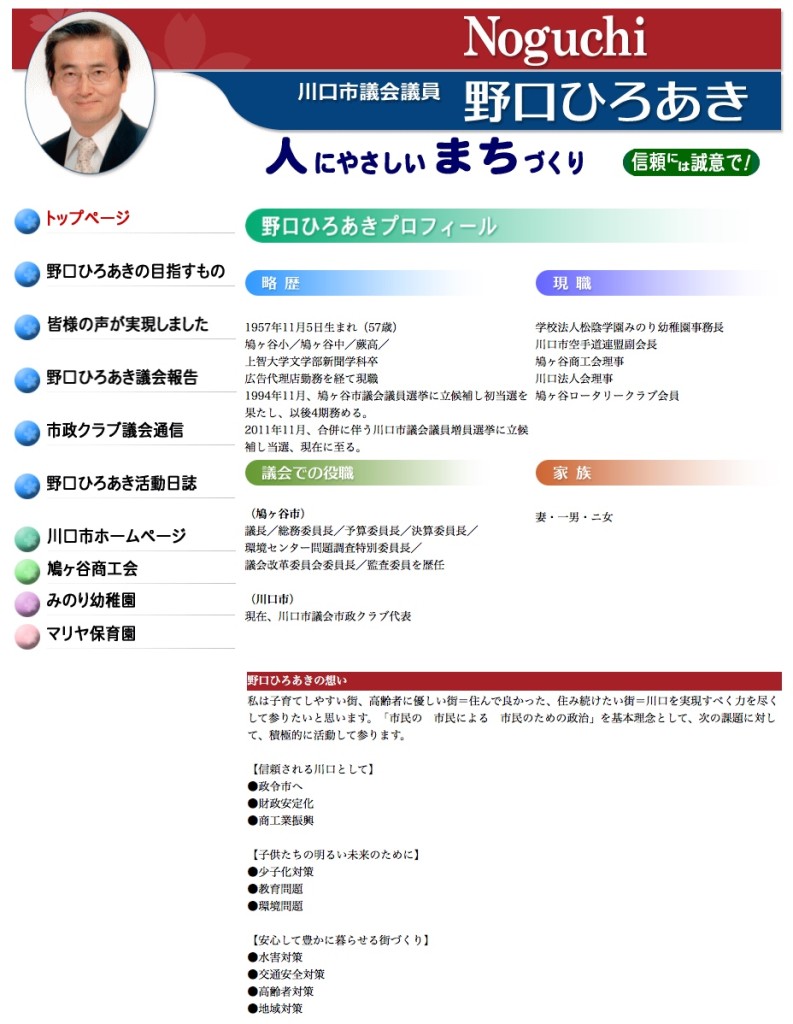
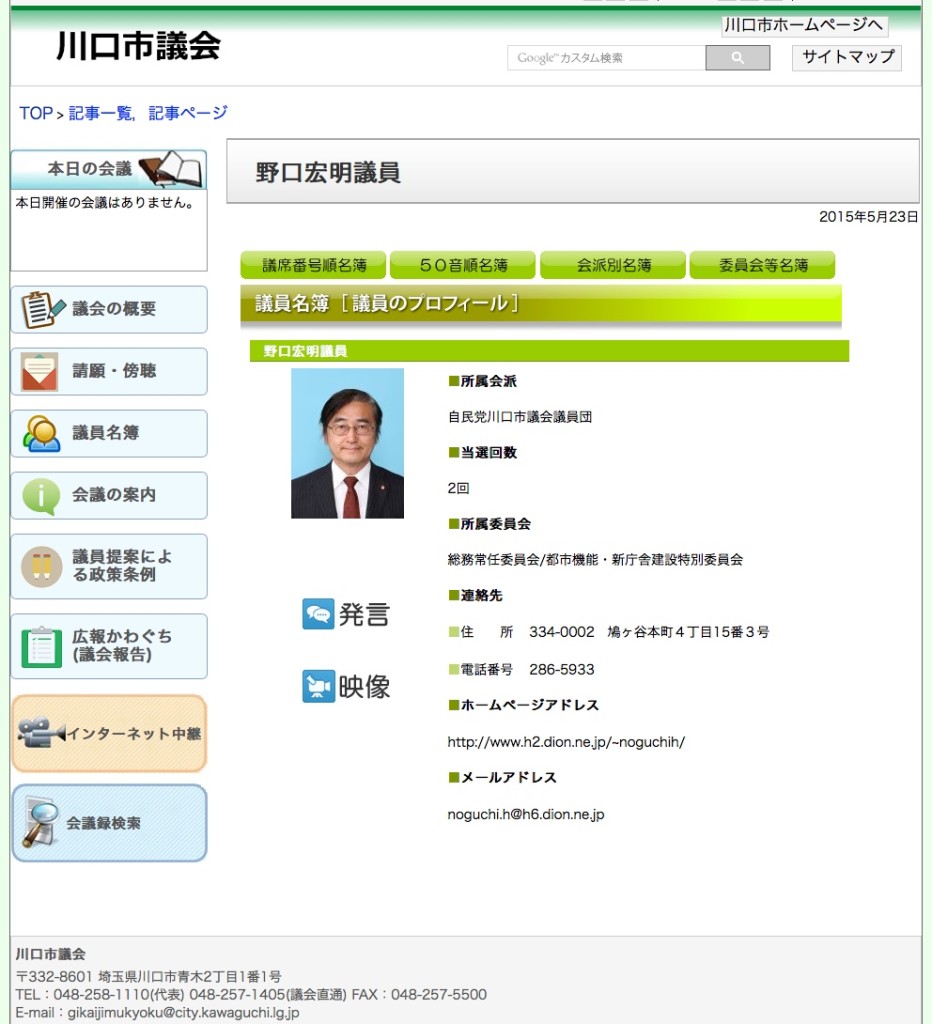
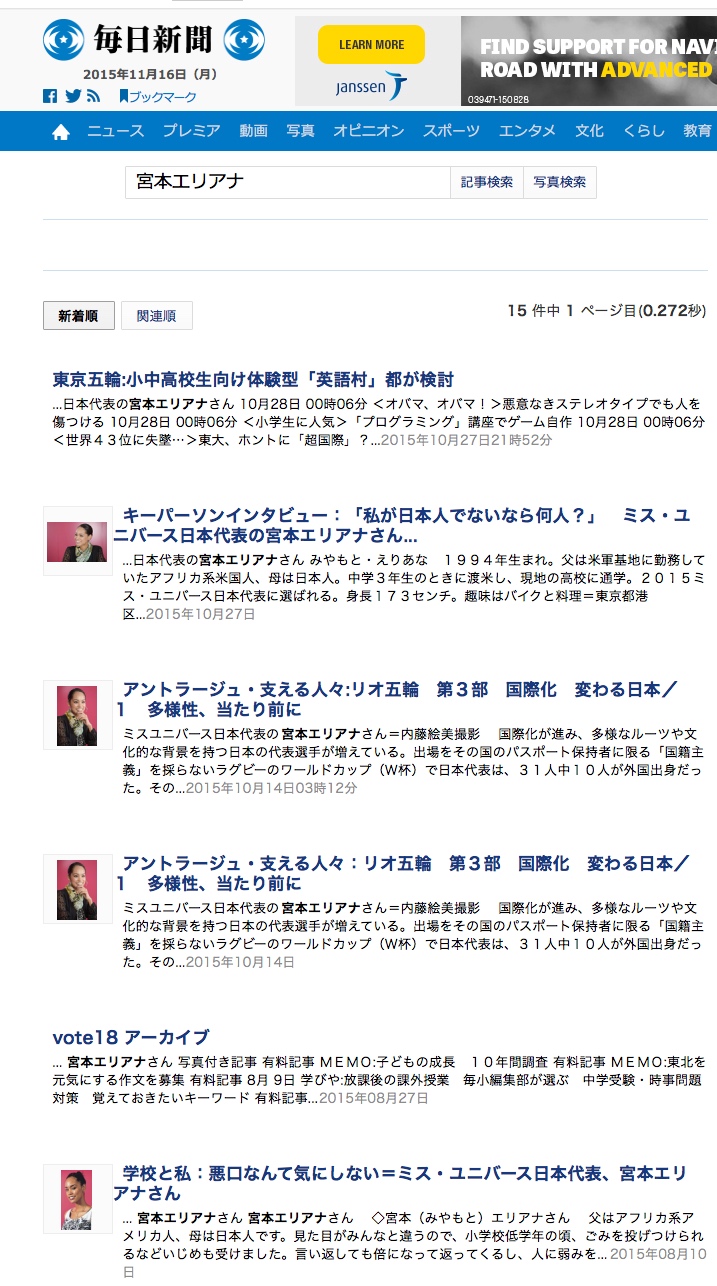

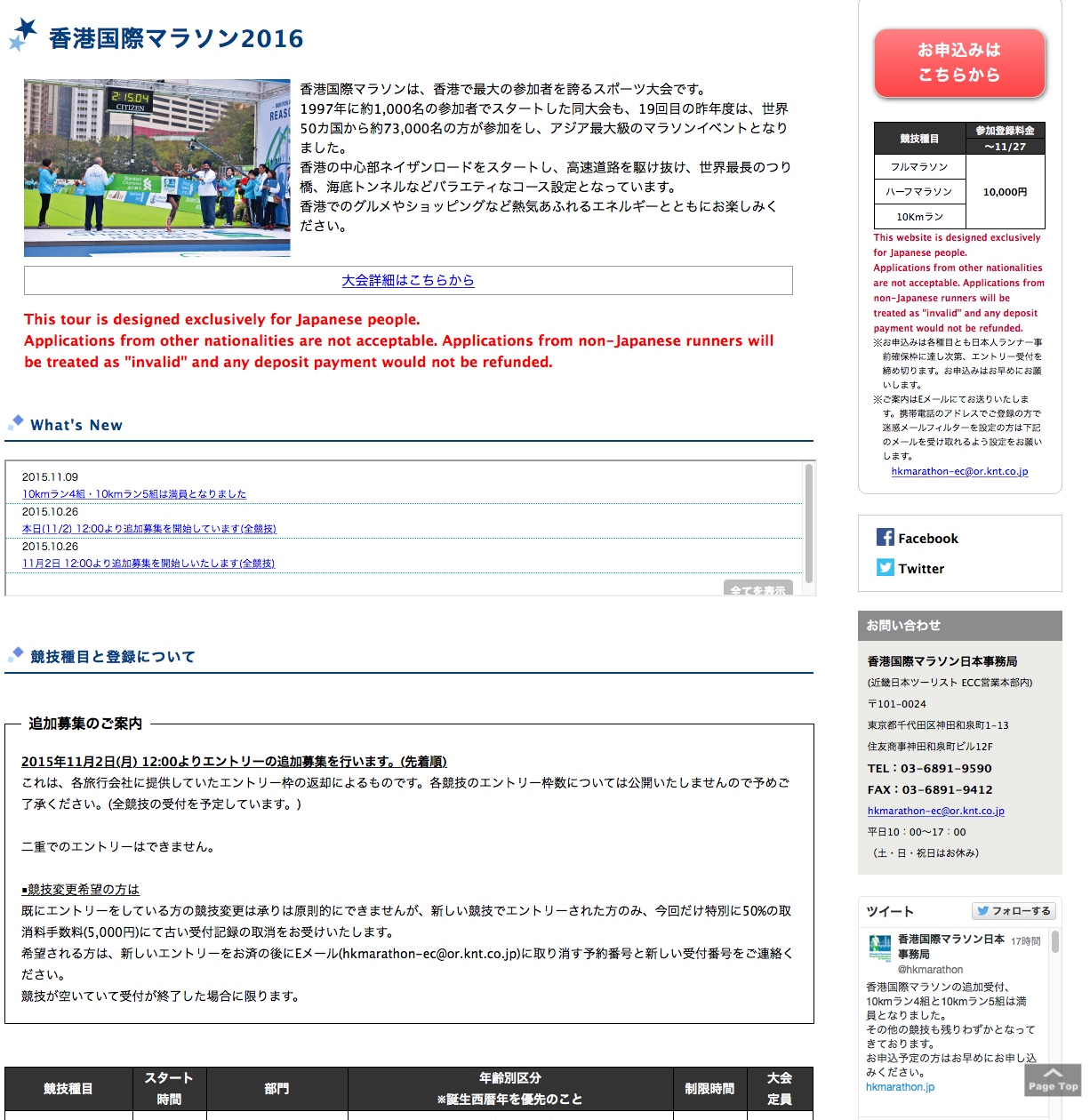
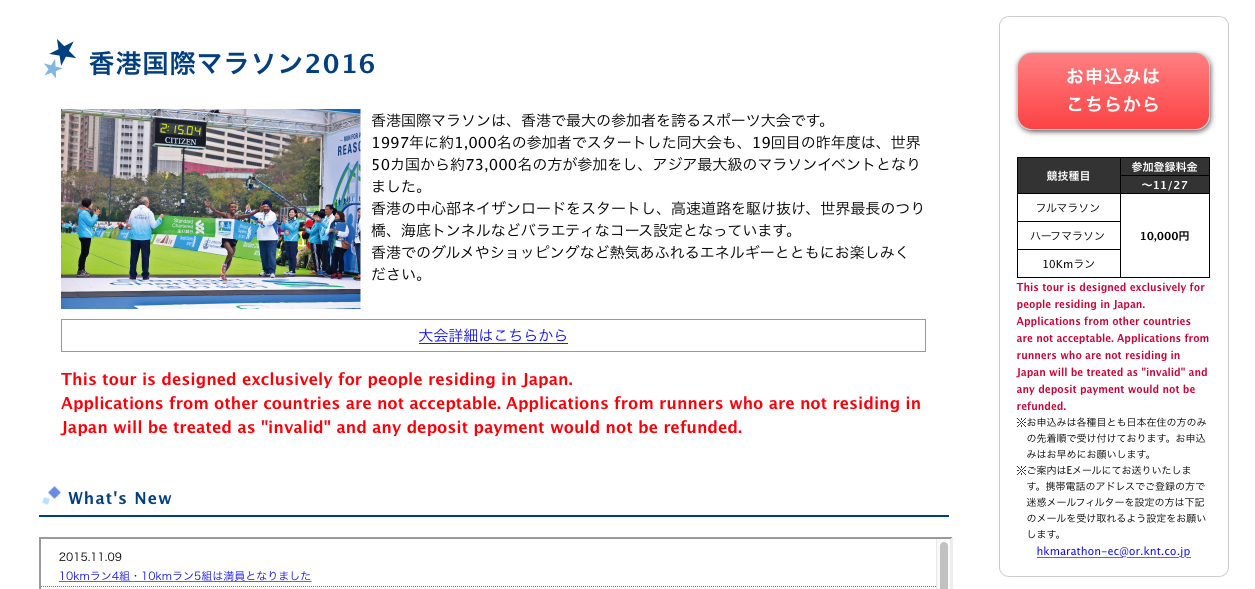
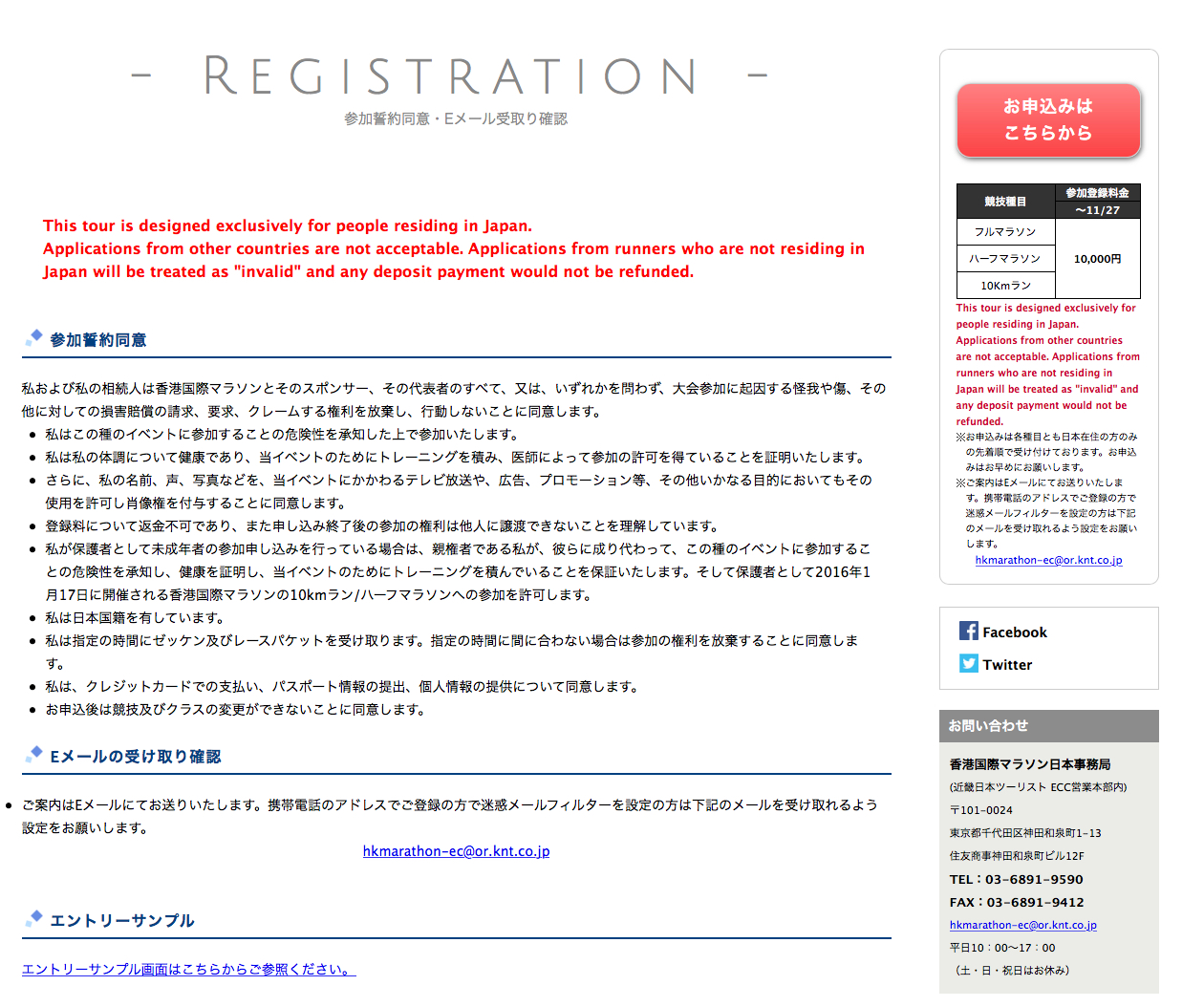
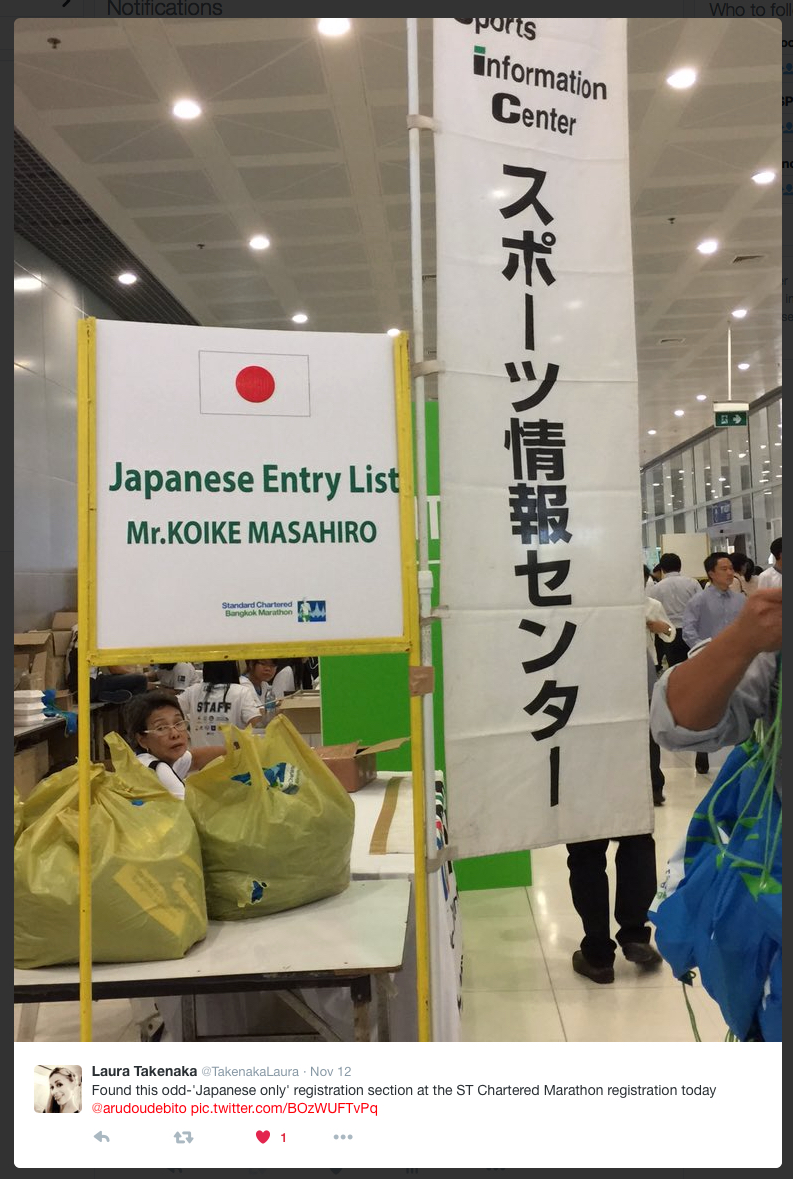

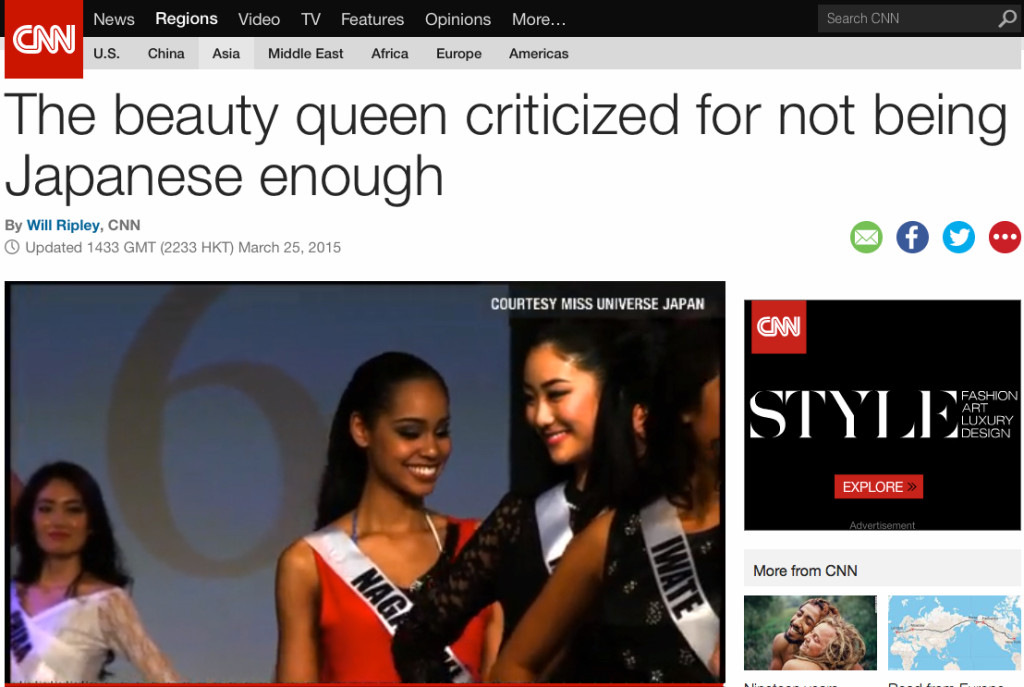
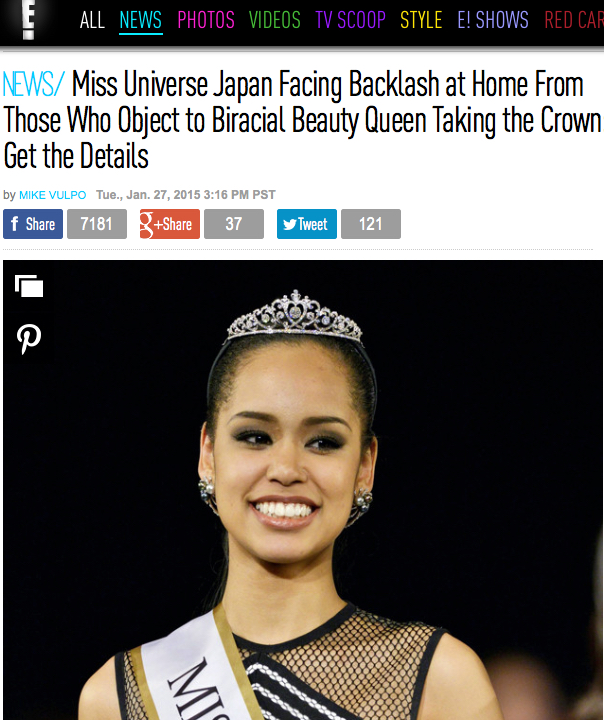
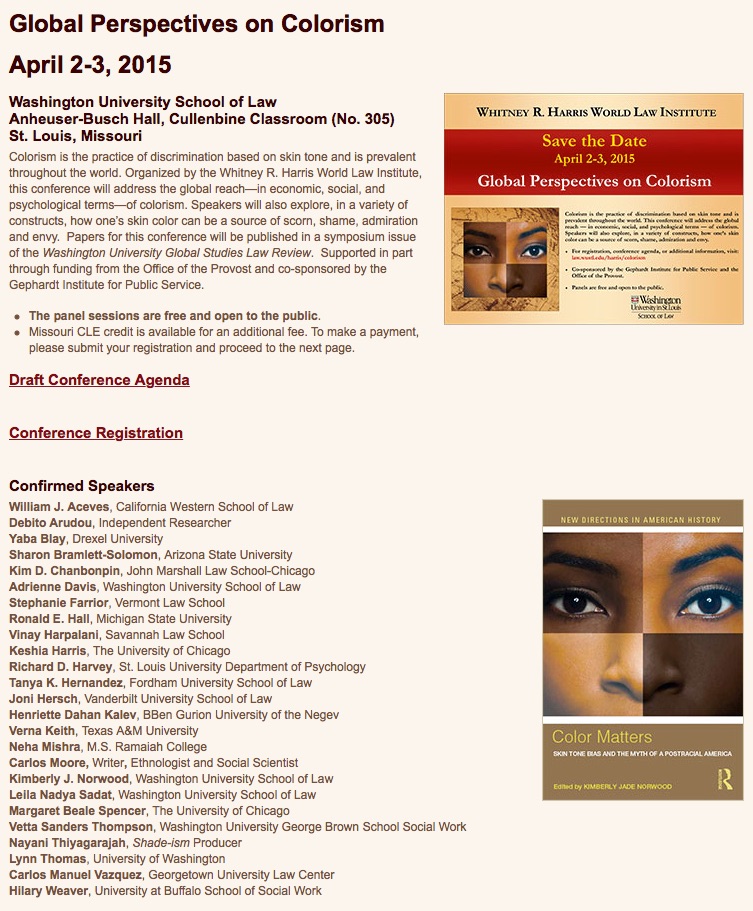
 Doo-what?: An image that went viral on the Internet shows members of male doo-wop group Rats & Star and idol group Momoiro Clover Z blacked up backstage during the filming of a show for Fuji TV scheduled for broadcast on March 7. | THE JAPAN TIMES
Doo-what?: An image that went viral on the Internet shows members of male doo-wop group Rats & Star and idol group Momoiro Clover Z blacked up backstage during the filming of a show for Fuji TV scheduled for broadcast on March 7. | THE JAPAN TIMES